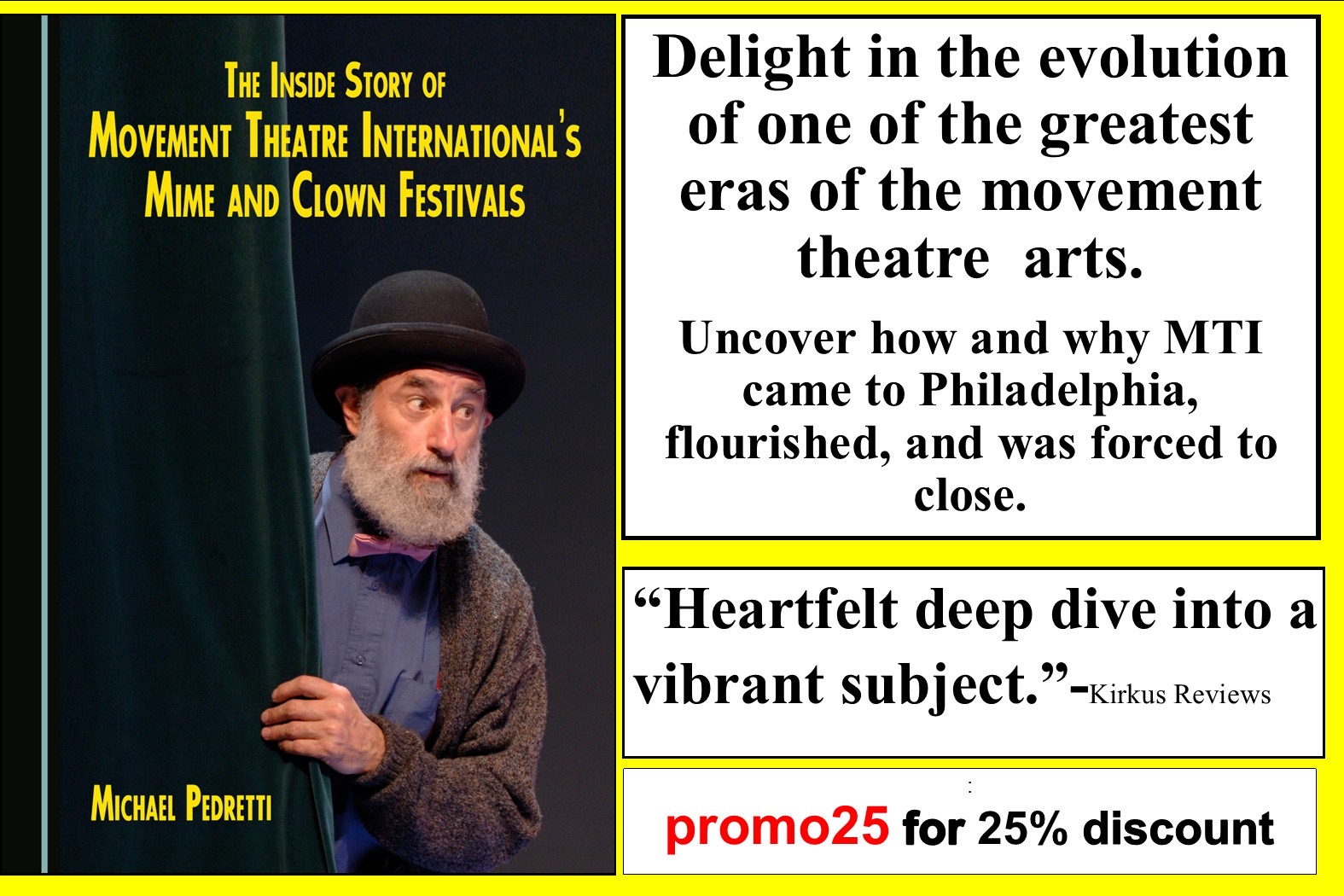
Catch This
by Amelia Estrada
In a quest to reach new audiences for performing arts in Philadelphia, Theatre Philadelphia and thINKingDANCE are joining forces and exploring how dance writing and discourse can provide new perspectives on theater. Beginning May 2018, tD writers have been lending their varied backgrounds, interests, and approaches to criticism to professional works of theater in Philadelphia. Let us know what you think in the comments!
I have been struggling with a head cold for about a week, and the prospect of seeing a two-and-a-half-hour show is moderately daunting. I enjoy theater, but after a long week I am concerned the combination of a dark theater, soft chairs, and my lethargy will lull me into a doze. Christina Anderson’s How to Catch Creation, however, captures my full attention and any thought of my head cold or sleepiness evaporates. Anderson constructs a riveting plot that tells an intergenerational story of living, loving, and creating in San Francisco. Featuring a talented cast of black actors, the play weaves together the lives of four present-day creatives and runs parallel to the story of fictional black feminist author from the 1960s, G.K. Marche, and her partner Natalie.
I am grateful that the Philadelphia Theatre Company not only selected a show written by a black woman that displays a variety of black characters at different points in their lives, but also selected a black female director. Nataki Garrett’s vision for this story strikingly translates this well-written script into an engaging work of art. The revolving stage allows the scenes to seamlessly flow one to the next, and the staging reminds me of a choreographed ensemble: characters passing, weaving, and overlapping though the space.
Of the actors, I am particularly taken with Stephanie Weeks, who plays Tami, a painter and chair of a university art department. Weeks’ sheer emotional range and physicality is captivating. In Act Two, she breaks down when Griffin (Lindsay Smiling), her best friend, confronts her about her complex relationship with the young, queer computer scientist, Riley (Shayna Small). Weeks doubles over, tears spilling, breath heavy, her pain and desperation to be heard are tangible to me.
I am consistently struck by the aspects of this production that I rarely see highlighted in mainstream performing arts. Griffin is a single, wrongfully convicted, formerly incarcerated, self-proclaimed black feminist who wants a child. He is vulnerable. He develops a friendship with Stokes (Nayib Felix), a young painter-turned-writer, and the two men converse about black female authors, Griffin’s desire to be a parent, and Stokes’ artistic confusion. I cannot remember the last time I witnessed two black men on stage having earnest, sensitive conversations.
The women and the female relationships, however, are what truly carry this production for me. Riley and Tami share a passionate, spirited connection. From the moment they meet, a sexual tension courses between them, leading to an intimate and forbidden romance. In flashbacks to the '60s, we see G.K. Marche and Natalie’s relationship unfold as well. In contrast to Tami and Riley’s modern-day relationship, these two women have a more mature, settled but challenging, love.
During intermission, the young person of color (seeing as I was eavesdropping, I do not want to make assumptions about this person’s gender) sitting behind me turns to their friend and says, “I love this show…. I love Tami and Riley, because I can relate to them … because of the lesbian thing.” Later in their conversation, the same young person reveals this is their third time seeing the production. If you are in a white heterosexual relationship, you have the opportunity to see your story on stage regularly. For this young audience member, though, I bet they can count on one hand the times they have witnessed their narrative on stage.
At the beginning of the show, Producing Artistic Director Paige Price thanked the audience and sponsors for supporting this production, “particularly because it is a new show.” She also noted the smaller size of the audience, thanking us for coming out on a Tuesday, before laughing and realizing it was Friday. In an American arts and culture ecosystem where viewership is trending downwards for all productions, I understand the risks of presenting new, lesser-known work. It is shows like this, however—those that speak to more than cis-gendered, heterosexual white people—that I hope Philadelphia Theater Company continues to present. Broadening the voices, dynamics, and individuals we see and hear on stage brings more people to the table and expands our discourse on the human experience. You do not come back to a show three times unless it speaks your truth.
How to Catch Creation, Philadelphia Theatre Company, Suzanne Roberts Theater, Mar. 22-Apr. 14
To join the conversation, follow thINKingDance and Theatre Philadelphia online and on social media to read, share, and comment.
By Amelia Rose Estrada
April 6, 2019










